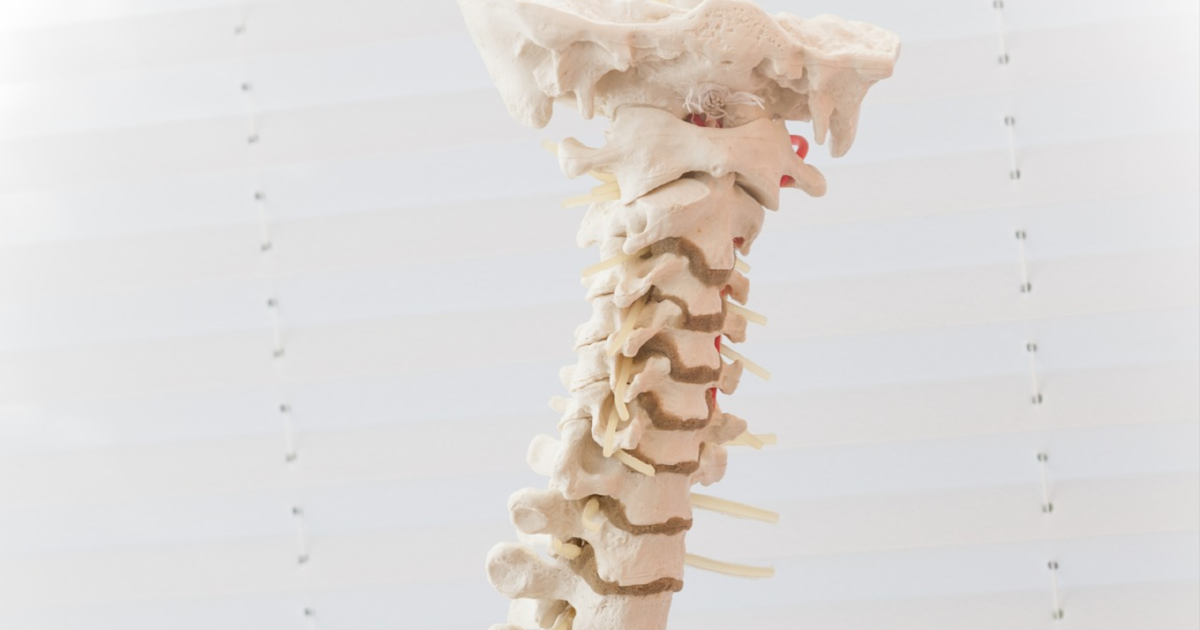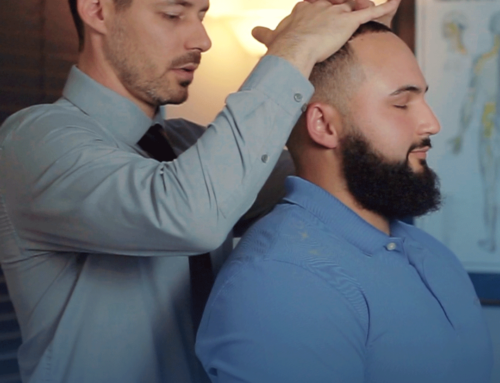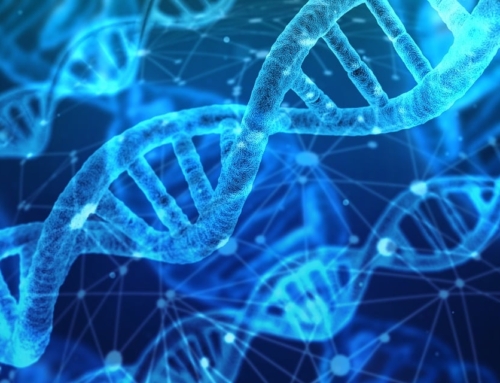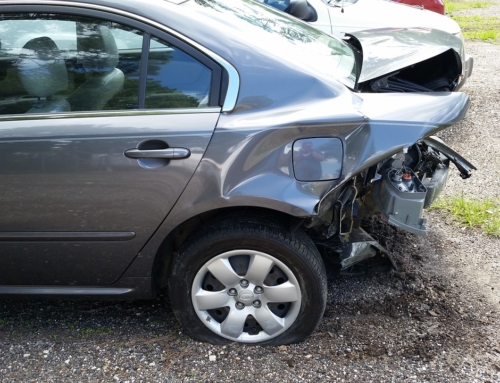June is National Scoliosis Awareness Month, so this is a great time to discuss this condition and how chiropractic treatment can help provide relief. Scoliosis is the most common spinal deformity and is characterized by an abnormal sideways curvature of the spine. The condition can be present at birth, and so may plague some infants; however, it typically begins to manifest between the ages of 10 and 15 when children are growing. According to the American Association of Neurological Surgeons (AANS), about 80% of scoliosis care cases have no readily identifiable cause.
Approximately 3% of the United States population has some type of scoliosis, but the vast majority (9 out of 10 patients) do not require surgery. Although the curvature is typically not severe enough to warrant surgical intervention, it can be extremely painful because of the manner in which it impacts the body’s anatomy.

Did You Know? Females are more likely to suffer from progressive scoliosis.
Scoliosis Care – Recognizing Symptoms
The American Chiropractic Association reports that upwards of seven million Americans live with scoliosis. As the degree of curvature becomes more pronounced, the excess curvature can result in additional health issues.
Increased spinal curvature can cause difficulty breathing and reduced lung capacity. In less serious cases, scoliosis may go unnoticed by the individual or their family. However, discovering scoliosis early in children and teens is especially vital because some types of scoliosis will continue to progress without treatment.
Basic types of scoliosis include:
Congenital scoliosis: Caused by misshapen vertebrae, a diagnosis of congenital scoliosis is sometimes made in infancy, but many cases are not diagnosed until later in childhood. The condition may worsen as the child grows. Congenital scoliosis is treated with a “watch and wait” attitude. Surgery is only considered an option if the curvature worsens or the child faces ongoing deformity and pain.
Idiopathic scoliosis: While the cause of this condition is still unknown, we know that idiopathic scoliosis develops at the onset of adolescence, approximately between the age of 10-12. The condition is most concerning when the child has significant growth remaining. It is known as infantile idiopathic scoliosis when diagnosed in children aged two or younger.
Neuromuscular scoliosis: Someone with this condition has an underlying neuromuscular disease such as cerebral palsy, spina bifida, and muscular dystrophy. Normal muscle balance and torso strength require a straight spine, and spinal curvature may result when muscles are weak or unbalanced. Over time, these curves will worsen, and individuals are generally treated with a brace and surgical intervention.
Chiropractors have an in-depth understanding of musculoskeletal disorders and conditions. A comprehensive new patient chiropractic examination can help to identify scoliosis. Symptoms that may point to the presence of scoliosis may include:
- One shoulder blade presents higher or sticks out more than the other
- Clothes that hang unevenly or pant legs that seem to be different lengths
- Breathing difficulty due to a reduced region in the chest (less room for the lungs to expand)
- Chronic back pain or muscle spasms
- Uneven hips
How Do Chiropractors Treat Scoliosis?
A chiropractic doctor can help identify scoliosis and recommend scoliosis care treatment protocols to relieve or reduce scoliosis pain. Many people living with scoliosis prefer the non-prescription, non-invasive methods that chiropractors embrace. Chiropractic treatments for scoliosis can minimize pain by decreasing the pressure on the nervous system and strengthening the body’s core.
A chiropractor may also recommend the following for scoliosis care:
- Methods to both move and rest that can reduce or alleviate pain
- Exercises to strengthen and support joints
- Strategies for increasing the capability to take deep cleansing breaths
- Treatments and recommendations to remain active without aggravating the symptoms
Dr. Ryan Johnson is a Sarasota chiropractor dedicated to his client’s overall health and wellness. He is experienced in prenatal, post-natal, and pediatric treatments.




